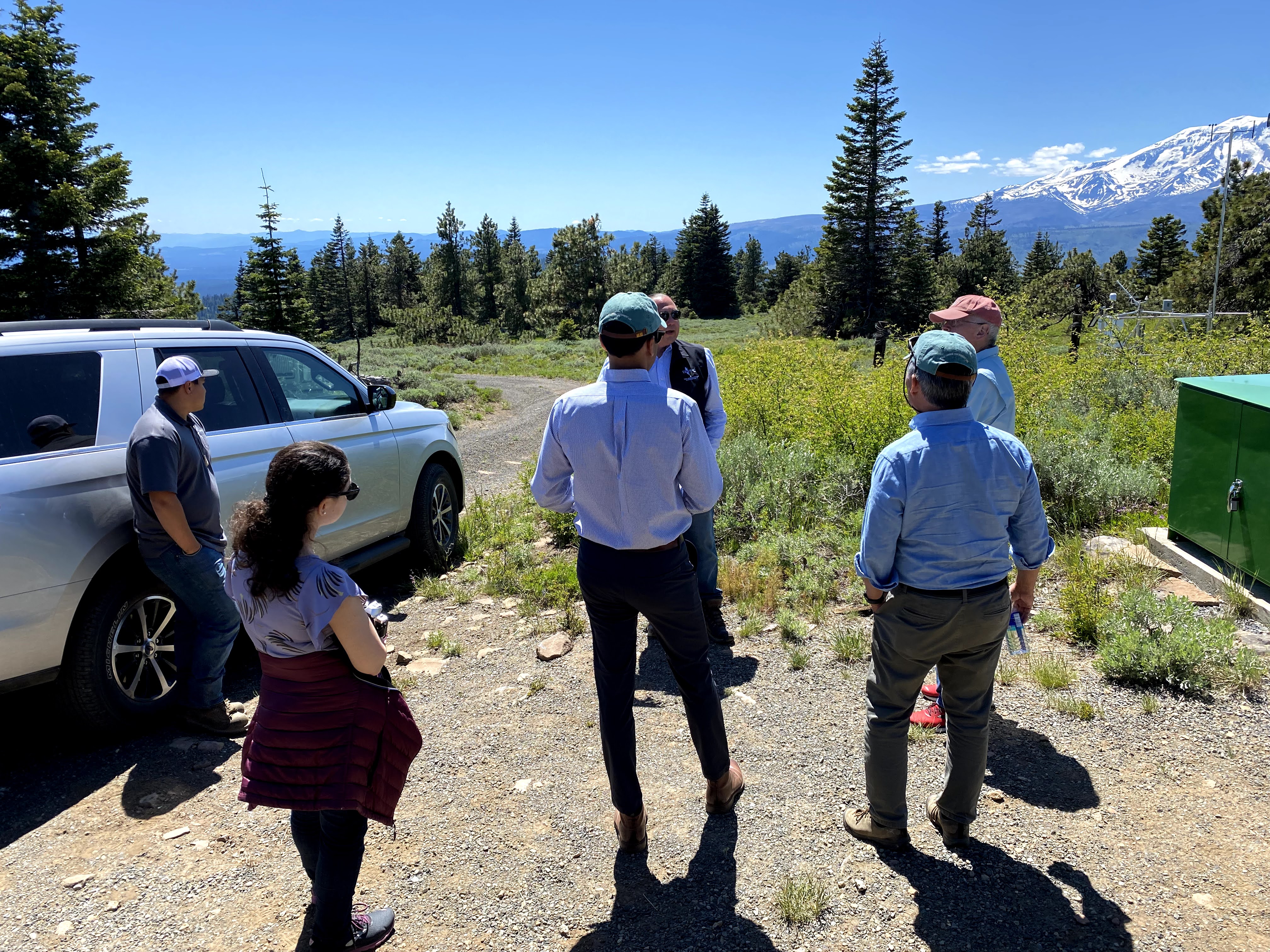Short and long term impact
We research, develop, and support carbon containment strategies with large-scale implementation potential. One of our short-term goals is to apply our expertise to support the capture and abatement of short-lived climate pollutants (such as methane and HFCs with an equivalent climate benefit of 30 million metric tons of CO2) by 2030 at an average cost of less than $25 per ton. One of our long-term goals is to support the removal and mitigation of the equivalent of 1 billion metric tons of CO2 by 2050 at an average cost of less than $75 per ton.
Working with partners
We partner widely, and look for inspiration from academics, practitioners, past efforts, and parallel fields. Our work is informed and shaped by the practitioners, entrepreneurs, and companies that will bring them to scale.


